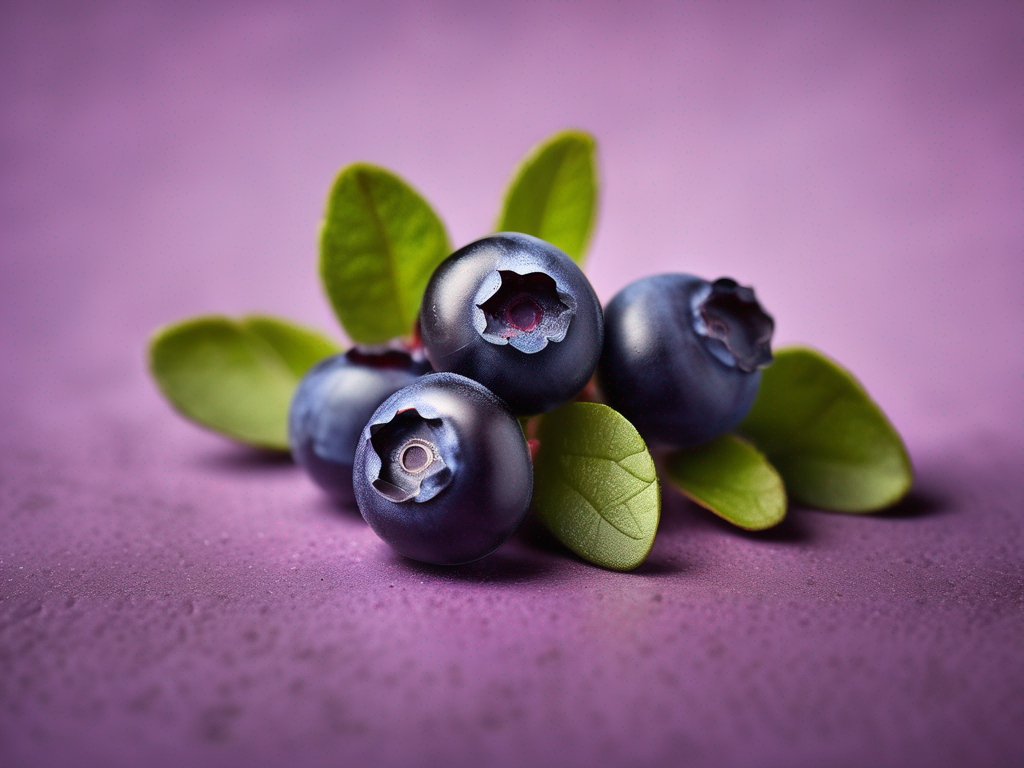
Identifying Signs of Spoilage in Bog Bilberry
Get Your Free Food Safety Cheat Sheet
30 most common foods with instant answers. Print it and stick it on your fridge—completely free!
Identifying Signs of Spoilage in Bog Bilberry
Bog bilberries, also known as Vaccinium uliginosum, are small, dark berries that grow in boggy or wet areas. These berries are packed with antioxidants and have a unique flavor profile, making them a popular choice for jams, pies, and other desserts. However, like any other food item, bog bilberries can spoil if not stored properly. In this blog post, we will discuss how to identify signs of spoilage in bog bilberries to ensure that you are consuming them safely. (Bog bilberry)
Understanding Bog Bilberries
Before we delve into the signs of spoilage, let's take a closer look at bog bilberries and their characteristics:
Description:
- Bog bilberries are small, round berries that are typically dark blue or purple in color.
- They have a slightly tart flavor with hints of sweetness.
Nutritional Benefits:
- Bog bilberries are rich in antioxidants, vitamins, and minerals.
- They are known for their anti-inflammatory properties and potential health benefits.
Culinary Uses:
- Bog bilberries are commonly used in jams, pies, muffins, and smoothies.
- They can also be enjoyed fresh as a snack or added to salads.
Signs of Spoilage in Bog Bilberries
It is essential to be able to identify signs of spoilage in bog bilberries to prevent consuming contaminated or deteriorated fruit. Here are some common indicators that your bog bilberries may have spoiled:
Visual Signs:
- Mold Growth: If you notice any fuzzy or powdery mold on the surface of the berries, it is a clear sign of spoilage.
- Discoloration: Bog bilberries that have turned mushy, slimy, or have an off-color appearance should be discarded.
- Wrinkled Texture: Bilberries that appear wrinkled or shriveled indicate that they are no longer fresh.
Olfactory Clues:
- Unpleasant Odor: Spoiled bog bilberries may emit a foul or fermented smell.
- Lack of Aroma: Fresh bilberries have a sweet, fruity aroma. If the berries lack this scent, they may be spoiled.
Taste Test:
- Off-Flavors: If your bilberries taste bitter, sour, or have an unusual flavor, it is best to discard them.
Proper Storage Practices
To extend the shelf life of your bog bilberries and prevent spoilage, it is crucial to store them correctly. Here are some tips for storing bog bilberries:
Refrigeration:
- Place fresh bog bilberries in a breathable container or perforated plastic bag in the refrigerator.
- Do not wash the berries until you are ready to consume them to prevent moisture buildup.
Freezing:
- To freeze bog bilberries, spread them in a single layer on a baking sheet and freeze until solid.
- Transfer the frozen berries to a freezer bag or airtight container for long-term storage.
Drying:
- Dehydrating bog bilberries is another way to preserve them. Spread the berries on a baking sheet and dry them in a low-temperature oven or a food dehydrator.
Conclusion
By being vigilant and knowing how to identify signs of spoilage in bog bilberries, you can ensure that you are consuming safe and fresh fruit. Remember to inspect the visual appearance, smell, and taste of the berries before consuming them. Additionally, practicing proper storage techniques will help prolong the shelf life of your bog bilberries and maintain their quality. Enjoy these nutritious and flavorful berries while keeping food safety in mind. Stay informed, stay safe! (Bog bilberry)
Authoritative Food Safety References
These agencies and university labs inform every tip and health precaution we publish.
USDA FoodKeeper – Cold Storage Guidelines
Official refrigerator, freezer, and pantry timelines maintained by the U.S. Department of Agriculture.
Visit USDA FoodKeeperFDA Produce Safety Rule & Grower Guidance
Field-to-fridge handling practices that prevent contamination of fruits, vegetables, and leafy greens.
Visit FDA Produce SafetyCDC Foodborne Illness Prevention Hub
Surveillance-backed guidance on pathogens, symptoms, and steps to reduce foodborne illness risk.
Visit CDC Food SafetyUC Davis Postharvest Technology Center
University research detailing optimal storage atmospheres for produce after harvest.
Visit UC Davis PostharvestPenn State Extension – Home Food Preservation & Safety
Peer-reviewed extension bulletins on safe canning, chilling, and reheating practices.
Visit Penn State ExtensionGet Your Free Food Safety Cheat Sheet
30 most common foods with instant answers. Print it and stick it on your fridge—completely free! Want more? Upgrade to the complete guide with 70+ foods.
Scan your food directly and get instant safety info using our AI-powered camera feature.